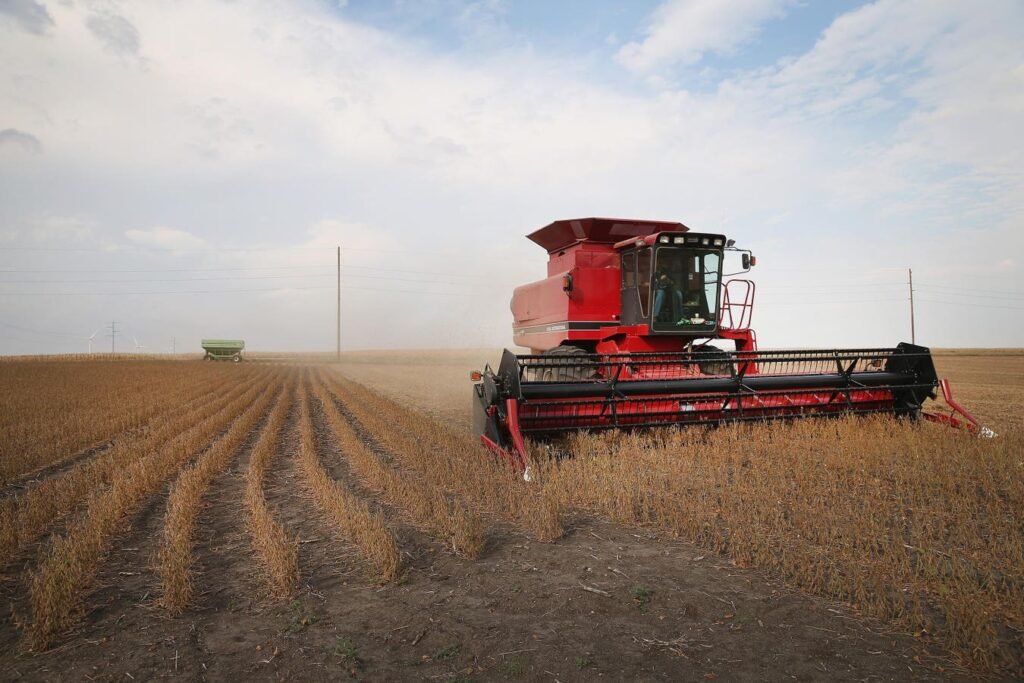(Photo by Scott Olson/Getty Images)
Key takeaways
- The latest Producer Price Index (PPI) report has been released, with the broad measure of inflation coming in slightly higher than expected.
- The PPI is widely considered the Fed’s preferred inflation measure, providing insight into the rising costs the industry is facing before it affects consumers.
- This means that another rate hike could be considered before the end of the year.
The last few months have been difficult for inflation figures. After falling drastically from their 2022 highs, the past three months have seen a steady rise in the most closely watched measure of inflation, the Consumer Price Index.
For most everyday people, it makes sense to watch this number because it indicates what hits our pockets the most. Is the cost of housing, gas, or food increasing more right now? Have prices fallen for a particular good or service?
And although the Fed considers a wide range of data when making its interest rate decisions, when it comes to inflation, it prefers to look at the producer price index (PPI ).
The latest PPI figures for September have just been released, so what exactly is the PPI report, what do the latest figures say and what does it mean for investors and interest rates?
What is the producer price index?
The PPI contrasts with the CPI because it measures the price increase experienced by the wholesale market. That is to say, by companies that “produce” the goods and services that we all use daily.
Let’s take the example of a loaf of bread. If you saw the price of a loaf of bread on grocery store shelves go from $2.50 to $2.75, that would be reflected in the Consumer Price Index. This is because it is an increase that is paid by the end buyer.
But before that loaf of bread is baked and placed on the shelves for purchase, there is a long list of “producers” involved in its creation. From farmers buying fertilizers and pesticides to grow wheat, to trucking companies buying trucks and fuel to transport it, to the grocery store buying bread at wholesale prices before storing it for storage. purchase.
The PPI measures price changes throughout this supply chain. Why is this important?
For the Fed, it is well known that it is the preferred measure of inflation, as opposed to the CPI. One of the main reasons for this is that it provides them with forward-looking guidance on consumer prices.
An increase in the price of gasoline or fertilizer will not have an impact on loaves of bread on shelves for the moment. It will take time for farmers and trucking companies to pass these increased costs down the chain, and time for Walmat or Kroger.
KR
In other words, a change in the PPI figures in September may not change the PPI until October, November or even later, depending on the life cycle of the good or service in question.
Figures from the September PPI report
So, to the report. Well, that wasn’t good news. The PPI rose 0.5% in September, which was higher than the 0.3% projected by the Dow Jones. But that said, it’s less than the 0.7% increase we saw in August, so at least the pace of increase has slowed slightly.
The core PPI, which excludes energy and food, which can be very volatile at the best of times, also rose, gaining 0.3% versus a forecast of 0.2%.
Gasoline was a driver of the rise, with prices rising 5.4%, while groceries also rose 0.9% for the month.
But it wasn’t all bad news, as some sectors of the economy reported significant price drops. Fresh and dried vegetables stand out here, down 13.9%, which is good news for both our pockets and our…actual hips.
Airline tickets fell 2.1% and auto sales also fell slightly.
What does this mean for interest rates?
Discussions in recent months have largely focused on whether the Fed would consider raising rates again. The rapid rises have wreaked havoc on markets, particularly the bond market, which has seen soaring yields lead to a collapse in bond prices.
It’s been a difficult time for investors who rely on the generally defensive nature of bonds to add stability to their portfolio, not volatility.
But despite this, the Fed and its Chairman Jerome Powell have made it clear that bringing inflation back to around 2% is their number one priority. Even if this means damaging the economy and investment markets.
Powell even went so far as to say there would be “pain” but that it was necessary to try to control rising prices.
This latest rise in the PPI could lead to a further rise in rates before Christmas. Since consumer demand is expected to increase as the holiday season approaches anyway, the Fed may consider raising rates preemptively to limit the amount of extra money consumers have to spend .
Yeah, it’s not a pretty situation.
The essential
With PPI beating expectations, analysts and the broader market will look to the Fed’s next move. A further rate hike would likely be unwelcome to the market, although at this point it would be close to being priced in today.
It is clear that the economy and investment markets will continue to be under pressure, and investors should expect smooth developments in the months to come.
Either way, there is no way to know for sure when markets will turn around, so a long-term holding strategy is usually the best solution. As always, the important thing is to ensure sufficient diversification and a long enough time horizon to weather difficult times.

